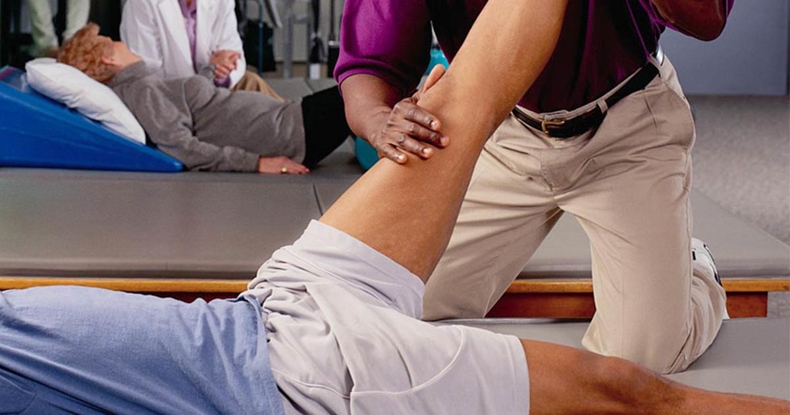Ringworm Common in Adults, Children
- Category: Health & Wellness, Children
- Posted On:
- Written By: LVMC

Ringworm is a skin infection that is caused by a fungus.
Skin ailments are a common problem throughout our lifetimes – everything from rashes to bites to viruses. For some people, the emergence of an odd circular rash can be the cause of alarm. But ringworm is a common infection caused by a fungus. And anyone can get it.
Ringworm is called that because it can cause a circular rash shaped like a ring. The infection, however, does not involve an actual parasitic worm. You may also hear ringworm called by its medical term, or “tinea” or “dermatophytosis.” Sometimes, ringworm is called a name based on where it is found on the body. Many people might not know that ringworm located on your feet is called “athlete’s foot.”
Where can ringworm be found?
Though the most common locations for ringworm are on the scalp, arms, or legs, the Centers for Disease Control indicates the infection can be located anywhere:
- Feet (commonly called “athlete’s foot”)
- Groin, inner thighs, or buttocks (commonly called “jock itch”)
- Scalp
- Beard
- Hands
- Toenails or fingernails
- Other parts of the body, such as arms or legs
What Causes Ringworm
The fungi that cause this infection can live on the skin, surfaces, and household items such as clothing, towels, and bedding. There are about 40 different species of fungi that can cause ringworm. There are three main ways that ringworm spreads:
- Ringworm spreads to others from a person who has ringworm. Suppose you come into contact with someone who has an infection. People who have ringworm should not share clothing, towels, combs, or other personal items.
- Ringworm spreads to humans from an animal that has ringworm. Many animals can spread ringworm to humans, such as cats and dogs. But it can also be cows, pigs, and horses.
- Humans can also get ringworm from the environment. The fungi that cause ringworm can live on surfaces, and especially in damp areas like locker rooms and public showers. Medical experts suggest not walking barefoot in those places.
Some children can be at particular risk of getting ringworm. Children who are malnourished, have poor hygiene, live in a warm climate, play contact sports, or use shared bathrooms or locker rooms are among those who may be at risk.
If you suspect you have ringworm, your healthcare provider will be able to look at your affected skin and ask about your symptoms. Your physician may take a small scraping of your skin and send it to a lab for a fungal culture evaluation.
How to Prevent Ringworm
Because ringworm is easily transferable from human-to-human or animal-to-human, there are things you can do to lessen your chances of getting ringworm. Be sure to keep your skin clean and dry. Be sure to avoid walking barefoot in areas such as locker rooms or public showers. Do not share clothing, towels, sheets, or any other personal items with someone who has ringworm. If you play with pets, be sure to wash your hands with soap and water afterward if the animal has ringworm. If you are an athlete in a close contact sport such as wrestling, be sure to shower immediately after your practice or match. Keep your sports gear and uniform clean.
If you know your animal has ringworm, you can wear long sleeves or gloves when handling an infected animal. Also, vacuum all areas of your home where an infected animal commonly visits.
Getting Treatment for Ringworm
If you need treatment for athlete’s foot, you will most likely use a non-prescription medication applied to your skin. This may include treating an athlete’s foot or “jock itch” with over-the-counter creams, lotions, or powders. You may have to use them for up to a month. Some forms of ringworm may need treatment with prescription antifungal medication, however. Ringworm on the scalp should usually be treated with a prescription antifungal taken orally for 1 to 3 months.
You should contact your healthcare provider if your infection worsens or doesn’t seem to be healing after using non-prescription medications. You should also see a medical provider if you or your child has ringworm on the scalp.






